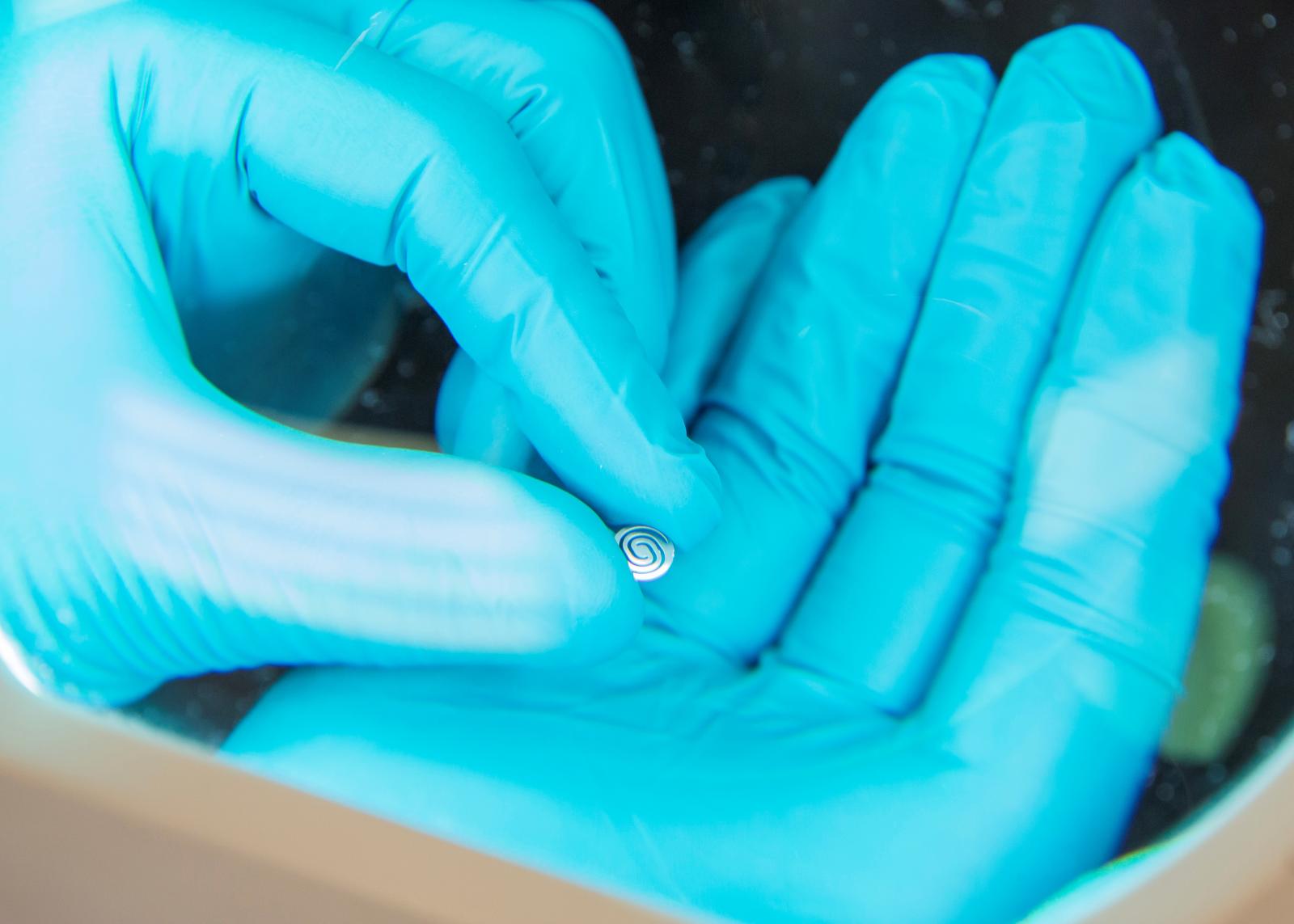
Albert Tsang*, Technical Manager, Precision Micro, explains how unique characteristics can be designed into products manufactured using photo etching such as conical openings used to direct fluid flow.
As a precision sheet metal machining technology, photo etching achieves exacting tolerances, is highly repeatable and in many instances is the only technology that can cost-effectively manufacture precision metal components with the accuracy necessary in demanding and often safety critical applications. Once design engineers select photo etching as their preferred metalworking process, it is important that they fully appreciate not just its versatility, but also the specific aspects of the technology that can affect — and in many instances enhance — product design. This article analyses the key considerations that design engineers must appreciate in order to get the most from photo etching and benchmarks the process against other metal machining technologies.
Photo etching has many attributes that can truly stimulate innovation and ’stretch the boundaries’ with the inclusion of challenging product features, enhancements, complexity and efficiency.
It is vital that design engineers fully exploit its potential, and Precision Micro advocates that its customers view it as a product development partner – not just a subcontract manufacturer – early in the design stage allowing OEMs to optimise the potentials that this versatile metal machining process can offer.
General Technology Attributes
Metals and sheet sizes. Photo etching can be applied to a vast spectrum of metals in a variety of thicknesses, grades, tempers and sheet sizes. Precision Micro stocks over 2000 material types and in addition can supply specialist materials on request as well as work with customer materials on a case-by-case basis.
The process is typically applied to thin metal sheets (sub-1.5 mm) with a maximum sheet/component size of 600 mm by 1500 mm – Precision Micro offering one of largest sheet sizes in the industry. Metals include steel and stainless steels, nickel and nickel alloys, copper and copper alloys, aluminium and hard to machine metals, including highly corrosion resistive materials such as titanium and its alloys.
Standard etching tolerances. Tolerances are a key consideration in any design and with photo etching varies dependent on the material thickness. For materials between 0.025 mm and 0.250 mm the minimum standard tolerance achievable is ±0.025 mm and between 0.250 mm and 1.5 mm ±10% of the metal thickness.
In some instances, traditional metal machining technologies can achieve tighter tolerances, but there are limitations. For example, laser cutting can achieve accuracy to 5% of the metal thickness, but it is limited to a minimum feature size of 0.2 mm. Photo etching can achieve a minimum standard feature size of 0.1 mm and openings below 0.050mm are possible with development, as is accuracy to ±8% metal thickness. In addition, it must be appreciated that laser cutting is a “single point” metal processing technology, which means that it is usually more expensive for complex parts such a meshes, and it cannot achieve the depth/engraved features necessary for fluidic devices like fuel cells and heat exchangers which are easily attained using depth etching.
Burr- and stress-free machining. When it comes to the ability to replicate the exacting accuracy and minimum feature size capabilities of photo etching, stamping probably gets the closest, but the trade-off is the stress that is imparted in the metal when it is processed and the residual burrs that are a characteristic of press-working. Stamped parts need costly post-processing, and as expensive steel tooling is used to produce the parts, it is not viable for short runs. In addition, when processing hard metals, tool wear is an issue, with expensive and time-consuming refurbishment often necessary. Many flexure spring designers specify photo etching due to its burr- and stress-free nature, zero tool wear and speed of supply.
The second part of this article shows how the process can give extra benefits at no added cost.
Image Caption: Many flexure spring designers specify photo etching due to its burr- and stress-free nature, zero tool wear, and speed of supply.
*Albert Tsang is the Technical Manager at Precision Micro, Birmingham, UK. For over 50 years, Precision Micro has pioneered photo etching, a manufacturing technology using subtractive chemical erosion to produce burr- and stress-free precision metal components. The company creates highly innovative solutions to a wide range of engineering challenges using a 2-D process to create 3-D components that cannot be created with other technologies. Precision Micro offers a maximum sheet/component size of 600 mm by 1500 mm – one of largest sheet sizes in the industry.